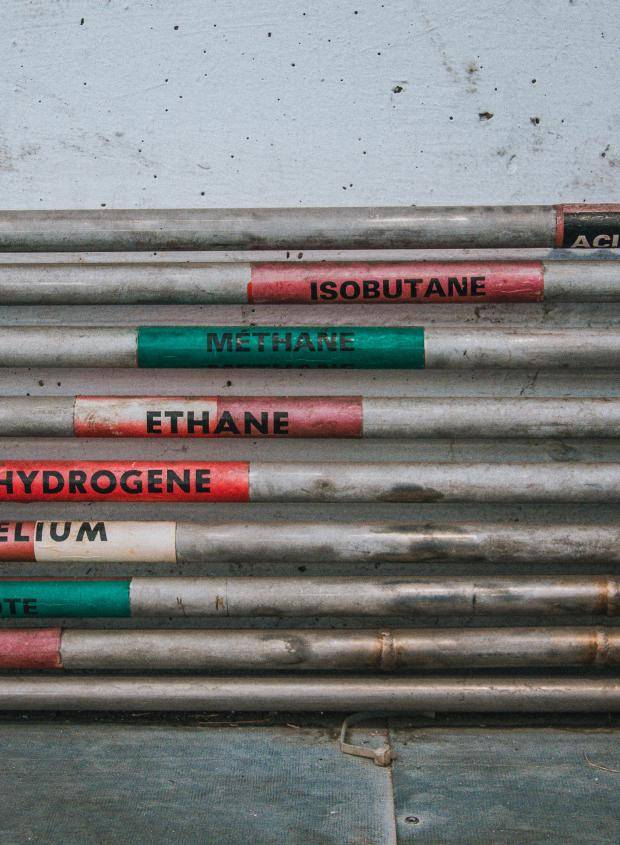Linde Plc produces and distributes industrial gases. The company operates globally supplying oxygen, hydrogen and other gases to a very wide range of downstream markets including into manufacturing industries, petrochemical and electronics industries. The gases are used in a variety of applications including in making manufacturing processes more efficient and in reducing harmful emissions. The company is establishing a strong presence in the green hydrogen market and also sells oxygen and other gases into the healthcare sector.
Topic: Net zero carbon transition
WHEB’s Objective: Limiting material negative social or environmental impacts associated with Linde’s GHG emissions and mitigate potential restrictions on the company’s profitability and growth.
Company Objective: For Linde to commit to electrifiying 100% of steam-driven ASUs by 2035 to redyce Scope 1 and 2 emissions and ultimately achieve a Paris-Aligned net zero carbon target.
Desired Outcome: Development and implementation of a comprehensive strategy to decarbonise Linde’s operations.
Background: WHEB invests in Linde because of the positive impact that is associated with several applications of industrial gases. This includes the use of oxygen in manufacturing as well as in healthcare (as highlighted above). Linde also produces hydrogen which has the potential to play a key role in decarbonising heavy industry such as steel manufacturing as well as in agriculture and can also be produced with a low carbon footprint (so-called blue and green hydrogen). Unfortunately, operating air separation units (ASUs) that produce gases like oxygen and nitrogen use enormous amounts of energy. Most hydrogen production is also currently heavily dependent on natural gas (so-called grey hydrogen) which also generates significant greenhouse gas (GHG) emissions.
Activity: For these reasons Linde has been a key focus of our engagement work since at least 2019. Over that time, following vigorous engagement by us alongside other investors, the company has made significant progress in first establishing a Board-level sustainability committee and then in publishing a net zero carbon target which it subsequently had validated by the Science-based Targets Initiative (SBTi).
In recent years we have joined other investors in encouraging a yet more ambitious carbon reduction timetable. This includes working with the IIGCC's Net Zero Engagement Initiative and with the British NGO ShareAction and typically involves annual or biannual meetings with the company. During the Summer 2025 we also had an opportunity to attend the company’s Annual General Meeting and question the CEO and Chairman on the need to accelerate efforts to decarbonise the company’s remaining ASUs that rely on fossil fuels and to accelerate efforts to source renewable power through dedicated power purchase agreements (PPAs).
Outcome:
M3 - Company develops or commits to develop an appropriate method or strategy to manage the issue.
The company disclosed that of the more than 500 ASUs that they operate, approximately a dozen are still operated using fossil fuels, all of which are in China. Of these 12, two have already been converted to use electricity with another two being converted “in the near term”. The CEO stated that electrifying the remaining units is central to the company’s plan to reduce the company’s absolute scope 1 and 2 emissions by 35% by 2035. The CEO also stated that the company “greatly prefers” to agree PPAs to source renewable energy over alternative methodologies (such as purchasing renewable energy certificates or offsetting).
